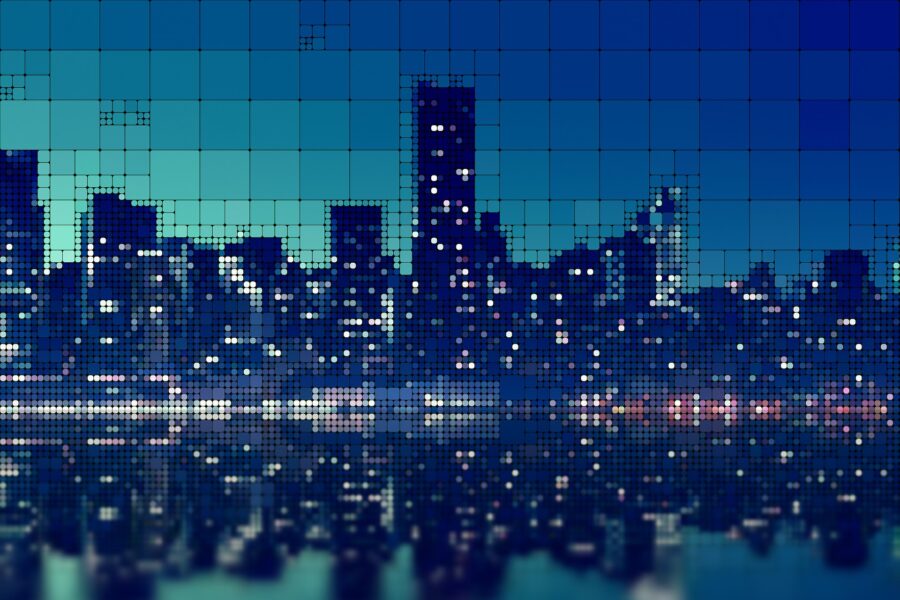QD Pixelated Color Conversion for Low Energy TVs
Energy efficiency is an enduring pain point in consumer displays. Independent reports routinely highlight the energy consumption of televisions as an undue cost to both customers and our environment. For years, these tandem costs seemed destined to increase in a linear fashion as displays became brighter, larger, and more abundant around the world. Quantum dot (QD) pixelated color conversion technology aims to dramatically improve the energy efficiency of premium televisions without compromising performance.
Low Energy TVs: What is the Problem?
Television manufacturers – in-line with a cross-market consensus of promoting sustainability – have long highlighted energy efficiency as a key performance metric of consumer displays. Yet there is an ever-present disconnect between performance and efficiency. Low energy TVs typically sacrifice light output, which has a marked effect on-screen brightness, contrast ratios, and so on. This meant there was a typical trade-off between efficiency and picture quality.
The real problem with consumer displays from an energy standpoint is more complicated than that. In a typical flat-screen panel, there is a bank of light-emitting diodes (LEDs) that emit blue or white light depending on the system. This light passes through the stack until it hits a color filter comprised of patterned subpixels, which selectively transmit light within a narrow waveband while blocking all other wavelengths.
Most liquid crystal displays (LCDs) and organic light-emitting diodes (OLEDs) with a white backlight use a standard RGB color filter to generate high-purity primary colors. This means that, theoretically, as much as 66.6% of all light generated by a white backlight is filtered out, never reaching the screen.

How Can QD Pixelated Color Conversion Help?
A QD pixelated color conversion layer is a novel alternative to conventional color filters. Research into perovskites based on cesium lead halide (CsPbX3) has attracted enormous attention in this area for many reasons, including their outstanding quantum yields. This is a measure of efficiency in terms of photon emission versus photon absorption; a critical metric for QD pixelated color conversion.
Cesium lead halide perovskites boast a quantum yield exceeding 85% and full width at half maximum of 25 nanometres (nm). These are both good indicators of color conversion performance. QD pixelated color conversion layers based on cadmium-free green and red quantum dots have shown up to 90% quantum yields at layer thicknesses of just 500 micrometers (μm).
The benefits of this proposed QD pixelated color conversion technology are myriad. Firstly, these perovskite materials are cadmium-free and contain lead at concentrations of less than 1000 parts per million (ppm). This makes them future-proof from a RoHS compliance standpoint. Secondly, their high quantum yield in thin layers makes them suitable for lightweight, thin panel architectures. Thirdly, QD pixelated color conversion layers could reduce the energy consumption of TVs today to around one third.
QD Pixelated Color Conversion with Avantama
Avantama is one of the industry-leading suppliers of perovskite QDs for display applications. We routinely assist with research and development (R&D) into novel chemistries for OLEDs, LCDs, and emerging display technologies of the future. If you would like to discuss QD pixelated color conversion with a member of the Avantama team, why not contact us today?
References: